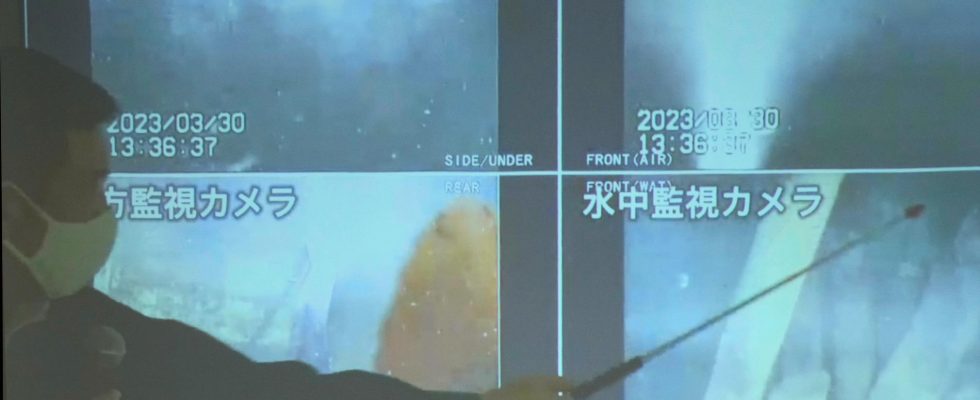Published: Just now
Images taken by a probe inside one of the Fukushima nuclear power plant’s three melted reactors are raising concerns.
The question is what the documented damage means for the safety of the power plant in the event of a new natural disaster.
The images, taken at the end of March, show exposed steel bars in the reactor’s supporting structure and that parts of its thick external concrete wall are missing. The discovery has led to renewed concerns and questions about the damaged power plant’s resilience in the event of another earthquake or other major disaster.
The remotely piloted unmanned underwater vehicle managed to film parts of the structure that have not been seen by the human eye since a devastating earthquake and subsequent tsunami destroyed the nuclear power plant twelve years ago.
The nuclear power operator Tepco will now analyze collected data and images to find out if the reactor can be reinforced, a spokesperson for the company told reporters.
Fukushima Governor Masao Uchibori is urging Tepco to immediately evaluate the earthquake resistance of the structure and then inform the concerned residents of the prefecture and the rest of Japan.
Around 880 tonnes of life-threatening molten radioactive fuel remains inside the three reactors. The condition of the fuel is largely unknown. Attempts to remove parts of the melted remains are expected to begin later this year – after nearly two years of delay.
Facts
The disaster in Fukushima
On March 11, 2011, a magnitude 9.0 earthquake caused a tsunami that led to three meltdowns at the Fukushima Dai-ichi nuclear power plant in Japan. It is the biggest nuclear accident since Chernobyl in Ukraine in 1986. Residents within a radius of 20 kilometers from the nuclear power plant were evacuated.
Around 18,500 people died or are missing after the earthquake and tsunami. Japan’s government has so far confirmed a single death from radiation at the Fukushima plant related to the accident, but the evacuation after the meltdowns has indirectly caused over 2,000 deaths from disease and suicide.
The energy company Tokyo Electric Power’s (Tepco) nuclear power plant was shut down after the accident. In 2018, however, the Japanese nuclear power authority gave the company permission to start two reactors at the Kashiwazaki-Kariwa plant.
The country’s economy was also hit hard as consumer confidence in products from the area declined sharply. The tourism industry was also hit hard, with significantly fewer tourists in the area during the 2010s.
Read more
